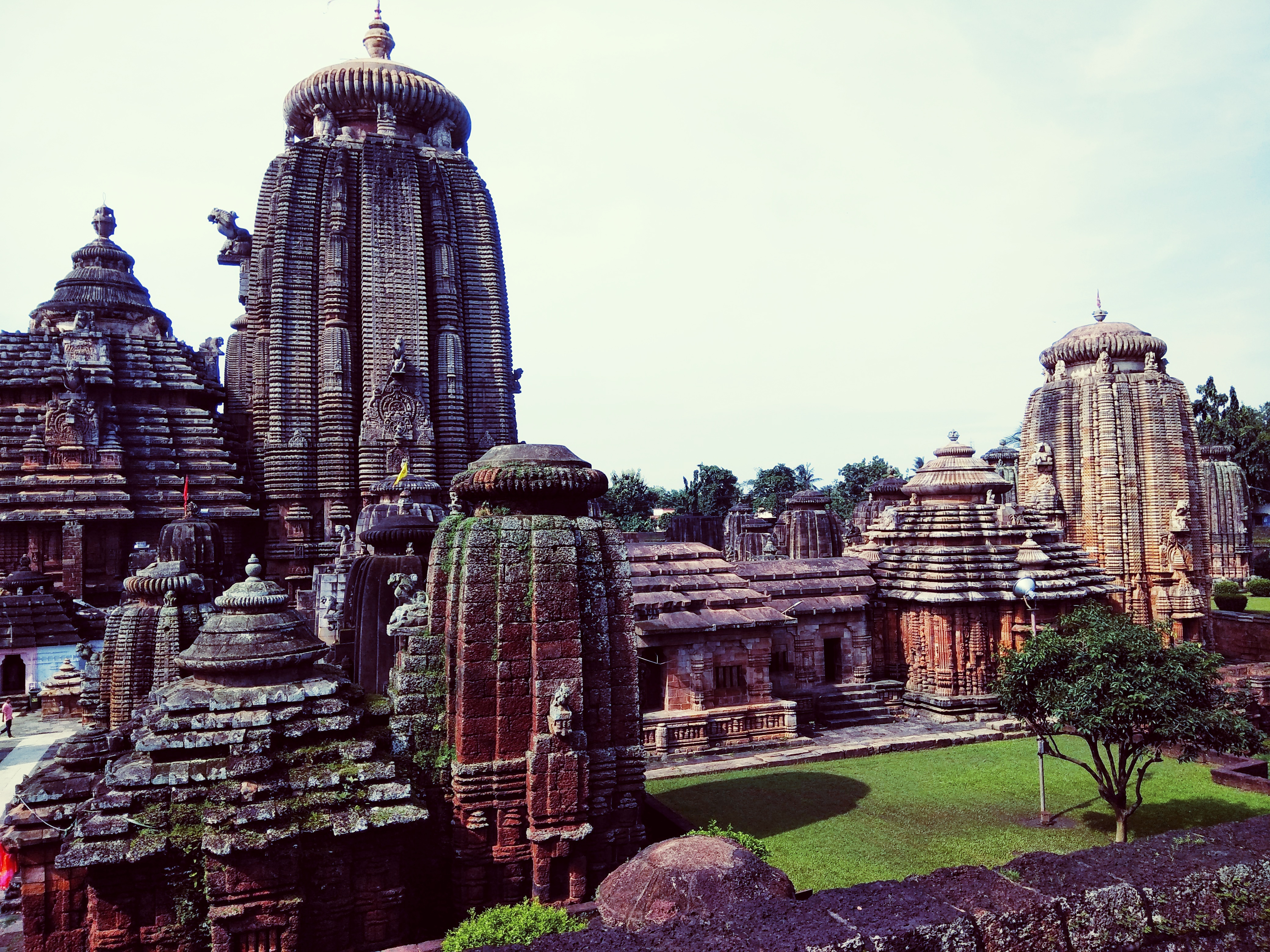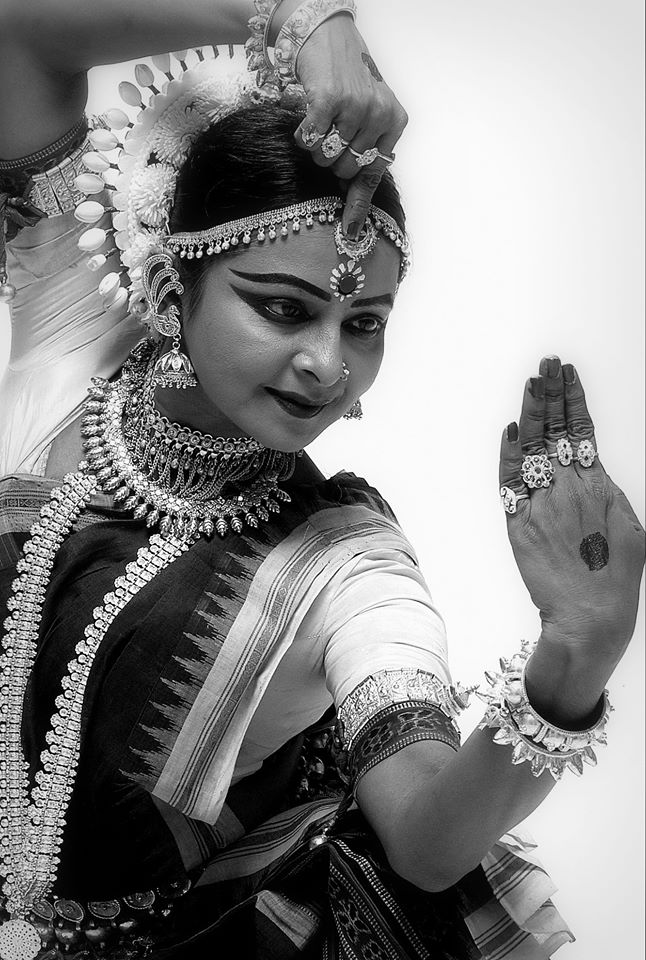|
Nata Mandir
A Nata mandira (or ''Nata mandapa'') is the dance hall of a Hindu temple. It is one of the buildings of the temple, especially in the Kalinga architecture. The name comes from the sanskrit ''Nata'' (=dance) and ''Mandira'' (=temple). The most known nata mandiras are the Temple of Surya at Konark and the Lingaraja temple in Bhubaneswar. The Nata mandira refers to the time of the devadasis tradition when it was prevalent in India. Dancers lived in temple premises solely dedicating their lives to reputed dance forms like Odissi and Bharathanatyam ''Bharatanatyam'' is a Indian classical dance form that came from Tamil Nadu, India. It is a classical dance form recognized by the Sangeet Natak Akademi, and expresses South Indian religious themes and spiritual ideas of Hinduism and Jainism. .... Though modern times saw the decline of this tradition, the platforms built for performances still stay as major component of the temple architecture. Notes External links * https://event ... [...More Info...] [...Related Items...] OR: [Wikipedia] [Google] [Baidu] |
Hindu Temple
A Hindu temple, also known as Mandir, Devasthanam, Pura, or Kovil, is a sacred place where Hindus worship and show their devotion to Hindu deities, deities through worship, sacrifice, and prayers. It is considered the house of the god to whom it is dedicated.; Quote: "The Hindu temple is designed to bring about contact between man and the gods of Hinduism religion" (...) "The architecture of the Hindu temple symbolically represents this quest by setting out to dissolve or decrease the boundaries between man and the divine". Hindu temple architecture, which makes extensive use of squares and circles, has its roots in later Vedic traditions, which also influence the temples' construction and symbolism. Through astronomical numbers and particular alignments connected to the temple's location and the relationship between the deity and the worshipper, the temple's design also illustrates the idea of recursion and the Microcosm–macrocosm analogy, equivalency of the macrocosm and t ... [...More Info...] [...Related Items...] OR: [Wikipedia] [Google] [Baidu] |
Kalinga Architecture
The Kaliṅga architectural style is a style of Hindu architecture which flourished in the ancient Kalinga previously known as Utkal and in present eastern Indian state of Odisha. The style consists of three distinct types of temples: Rekha Deula, Pidha Deula and Khakhara Deula. The former two are associated with Vishnu, Surya and Shiva temples while the third is mainly with Chamunda and Durga temples. The Rekha Deula and Khakhara Deula houses are the sanctum sanctorum while the Pidha Deula constitutes outer dancing and offering halls. In Kalinga, the ancient land of Shakta cult, divine iconography existed since the mythological era. Present day research implies that idols (deities) were placed under auspicious trees in the ancient days. The various aspects of a typical Kalinga temple include architectural stipulations, iconography, historical connotations and honoring the traditions, customs and associated legends. Architecture Selecting people There is a specific hier ... [...More Info...] [...Related Items...] OR: [Wikipedia] [Google] [Baidu] |
Sanskrit
Sanskrit (; stem form ; nominal singular , ,) is a classical language belonging to the Indo-Aryan languages, Indo-Aryan branch of the Indo-European languages. It arose in northwest South Asia after its predecessor languages had Trans-cultural diffusion, diffused there from the northwest in the late Bronze Age#South Asia, Bronze Age. Sanskrit is the sacred language of Hinduism, the language of classical Hindu philosophy, and of historical texts of Buddhism and Jainism. It was a lingua franca, link language in ancient and medieval South Asia, and upon transmission of Hindu and Buddhist culture to Southeast Asia, East Asia and Central Asia in the early medieval era, it became a language of religion and high culture, and of the political elites in some of these regions. As a result, Sanskrit had a lasting effect on the languages of South Asia, Southeast Asia and East Asia, especially in their formal and learned vocabularies. Sanskrit generally connotes several Indo-Aryan languages# ... [...More Info...] [...Related Items...] OR: [Wikipedia] [Google] [Baidu] |
Konark Sun Temple
Konark Sun Temple is a Hindu temple, Hindu Surya, Sun temple at Konark about northeast from Puri, Puri city on the coastline in Puri district, Odisha, India.Konark: India , Encyclopædia Britannica The temple is attributed to king Narasingha Deva I of the Eastern Ganga dynasty about . It is the pinnacle of Hindu Orissan architecture. Dedicated to the Hindu Sun-god Surya, it reflects the pinnacle of kalingan architecture and artistic excellence, what remains of the temple complex has the appearance of a high chariot with immense wheels and horses, all carved from stone. Once over high, much of the temple is now in ruins, in particular the large Vimana (architectural feature), shikara tower over the sanctua ... [...More Info...] [...Related Items...] OR: [Wikipedia] [Google] [Baidu] |
Lingaraja Temple
Lingaraja Temple () is a Hindu temple dedicated to Shiva and is one of the oldest temples in Bhubaneswar, the capital of the Indian state of Odisha, India. The temple is the most prominent landmark of Bhubaneswar city and one of the major tourist attractions of the state. Shiva's consort and the temple's presiding Goddess, Parvati, is referred to as Annapurna or Girija. The Lingaraja temple is the largest temple in Bhubaneswar. The central tower of the temple is tall. The temple represents the quintessence of the Kalinga architecture and culminating the medieval stages of the architectural tradition at Bhubaneswar. The temple is believed to be built by the kings from the Somavaṃśī dynasty, Somavamsi dynasty, with later additions from the Eastern Ganga dynasty, Ganga rulers. The temple is built in the ''Deula'' style that has four components namely, ''vimana'' (structure containing the sanctum), ''jagamohana'' (assembly hall), ''natamandira'' (festival hall) and ''bhoga-mand ... [...More Info...] [...Related Items...] OR: [Wikipedia] [Google] [Baidu] |
Bhubaneswar
Bhubaneswar () is the capital and the largest city of the States and territories of India, Indian state of Odisha. It is located in the Khordha district. The suburban region, especially the old town, was historically often depicted as ''Chakra Khetra'' and ''Ekamra Khetra'' (Area adorned with a mango tree). Bhubaneswar is dubbed the "Temple City", a nickname earned because of many temples which are standing there. In contemporary times, the city is a hub of sports, tourism and IT in the country. Although the modern city of Bhubaneswar was formally established in 1948, the history of the areas in and around the present-day city can be traced to the 1st century BCE. It is a confluence of Hinduism, Hindu, Buddhism, Buddhist and Jainism, Jain heritage and includes several Kalinga architecture, Kalingan temples, many of them from 6th–13th century CE. With Puri and Konark, it forms the "Swarna Tribhuja" (), one of Eastern India's most visited destinations.Ramesh Prasad Mohapatra, ''A ... [...More Info...] [...Related Items...] OR: [Wikipedia] [Google] [Baidu] |
Devadasi
In India, a devadasi is a female artist who is dedicated to the worship and service of a deity or a temple for the rest of her life. The dedication takes place in a ceremony that is somewhat similar to a marriage ceremony. In addition to taking care of the temple and performing rituals, these women also learn and practice classical Indian dances such as Bharatanatyam, Mohiniyattam, Kuchipudi, and Odissi. Their status as dancers, musicians, and consorts was an essential part of temple worship. Devadasis also engaged in providing sexual services to temple officials and devotees as part of their temple responsibilities, with the earnings from these services being handed over to the temple. The practice of temple prostitution became more prominent with the emergence of Puranic Hinduism. Between the sixth and thirteenth centuries, Devadasis had a high rank and dignity in society and were exceptionally affluent as they were seen as the protectors of the arts. During this period ... [...More Info...] [...Related Items...] OR: [Wikipedia] [Google] [Baidu] |
Odissi
''Odissi'' (''ଓଡ଼ିଶୀ'') also referred to as ''Orissi'' in old literature, oldest surviving classical dance of India, is a major ancient Indian classical dance that originated in the Hindu temple, temples of Odisha – an eastern coastal state of India.Odissi ''Encyclopædia Britannica'' (2013) Odissi, in its history, was performed predominantly by women, and expressed religious stories and spiritual ideas, particularly of Vaishnavism through songs written and composed according to the ''ragas'' & ''talas'' of Odissi music by ancient poets of the state. Odissi performances have also expressed ideas of other traditions such as those related to Hindu deities Shiva and Surya, as well as Hindu goddesses (Shaktism)., Quote: "There are other te ... [...More Info...] [...Related Items...] OR: [Wikipedia] [Google] [Baidu] |
Bharathanatyam
''Bharatanatyam'' is a Indian classical dance form that came from Tamil Nadu, India. It is a classical dance form recognized by the Sangeet Natak Akademi, and expresses South Indian religious themes and spiritual ideas of Hinduism and Jainism.Bharata-natyam ''Encyclopædia Britannica''. 2007 A description of precursors of ''Bharatanatyam'' from the dated around (500 BCE) and in the ancient Tamil epic '' Silappatikaram'' dated around (171 CE), while temple sculptures of the 6th to 9th century CE suggest dance was a refined performance art by the mid-1st millennium CE. [...More Info...] [...Related Items...] OR: [Wikipedia] [Google] [Baidu] |







